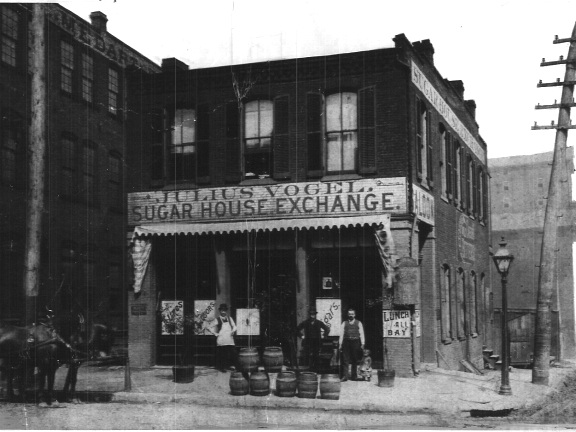Data and Population:
There was a general deterioration of economic conditions during this time. Large scale unemployment and a halt to most building construction occurred. St. Louis' population dropped slightly in 1940 to 816,048 people, a decrease of about 5,000 people from the 1930 peak. The City's rank in population dropped to number eight compared to the other large American cities. In the 1930s, the Federal Bank more or less let the banking system collapse, allowing the money supply to fall and allowing the price level to fall. There was a tremendous deflation occurring, and this contributed to the decline of the economy.There was a large decline in housing prices during the Great Depression and a large increase in mortgage foreclosures.
Landscape:
There was another bond issue in 1934. The bond included the construction of Memorial Plaza during the early 1930s furthering the westward expansion of the central business district. However, the principal stores remained east of Twelfth Street. In an effort to stabilize land values in the downtown area, it was felt that a major civic attraction was needed along the riverfront. This led to the promotion of the Jefferson National Expansion Memorial in 1935. In that year, St. Louisans voted for a bond issue to cover the City's share of the project cost, a joint venture with the U.S. National Park Service. During the Great Depression, many citizens were left with nothing. The only way they could feed their kids, and even themselves, was to stand in "bread line" and in lines at local "soup kitchens" (The equivalent of soup kitchens and bread lines for the time anyway).


